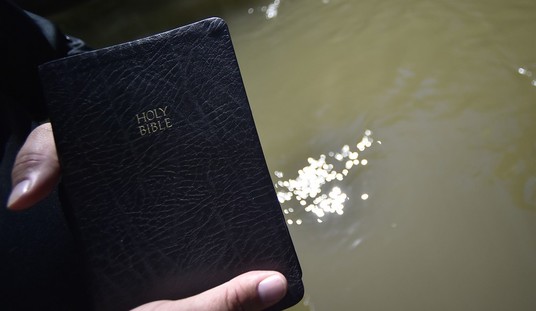Autonomous cars have been creating some buzz in the news lately. From coverage on their capabilities and advantages to warnings about their limitations and security issues, everyone seems to be curious about the autonomous car. Something else is brewing within this new-age driving hoopla: a battle for control of the stick shift. Computer-operated driving systems are quickly infiltrating our beloved cars, crossing the line from “human driver” to “automated chauffeur.” Are you ready?
A lot of the talk surrounding these systems is acronym-heavy and the names change depending on the car manufacturer. (I see they are already creating aliases to confuse the human competition!) Here’s an easy-to-read, short guide to the systems that are bringing us closer to autonomous cars.
1. Park-Assist
This is the system that allows drivers who dislike parallel parking to sit back, relax, and let the car do it for them. The existence of this system does not indicate an fully autonomous car—the driver still needs to help the car out with shifting.
How does it work? Although the computer takes over to maneuver the car into the parking spot, most systems still allow the driver to press the brake, controlling the speed of the system’s parking throughout the entire maneuver. To begin, the car will indicate to the driver when to stop alongside the car it intends to parallel park behind. The driver will need to shift into Reverse to allow the system to back the car into the space. When the car determines it has finished this procedure, it will notify the driver to shift into Drive. The car will then pull forward, evening out the spacing. Finally, the car will notify the driver to put it into park.
Available in: Ford Focus Titanium, Toyota Prius V, Land Rover Evoque, Mercedes-Benz GL350 (just to name a few)
2. Adaptive Cruise Control
Adaptive Cruise Control (ACC) is similar to cruise control in that it can pilot the car and maintain a set speed, but ACC has the added benefit of also being able to slow the car down and adjust to the cars around it. ACC usually uses radar mounted behind the grille of the car, as well as several sensors, to scan the area in front of the car for slowing vehicles and stopped objects. If the radar senses either a slowing or stopped object in its path, a signal is sent to either the engine or braking system to adjust the car’s speed or stop. The car will begin movement once the radar senses the roadway is clear.
Other aliases: Radar Cruise Control, ACC, Intelligent Cruise Control
3. Automatic Braking
The system that automatically engages the brakes is similar in set-up to Adaptive Cruise Control. Automatic Braking (AB) usually has a camera or laser radar mounted on the back of the review mirror or on the windshield. If this camera/laser detects objects in its path and neither the brakes are applied or evasive maneuvers executed by the driver, the computer will engage the brakes. Unlike Adaptive Cruise Control, Automatic Braking will not initiate the car to start moving after it is stopped. In most systems, the driver is able to take over at any time during this sequence. If the driver starts to hit the brakes, the computer will transfer control to the driver.
4. Lane Keep Assist
The Lane Keep Assist system (LKA) is that magical force that keeps the car in its lane. Most systems have a camera mounted in the windshield that tracks the lines on the road. When the system reads the car edging towards the lane marker, it automatically steers the car back into the lane. LKA shouldn’t be confused with Lane Departure Warning (LDW), which only alerts the driver (through vibration, a light, or a sound) that the car is approaching the lane markers—it does not take over control of the car like LKA. LDW is initiated only when both the car is near a lane marker and the turn signal is not engaged.
Common question: What if it was my intention to cross over the line (without a signal)?
The driver is able to overpower the Lane Keep Assist system and can continue into another lane if that is the intention (even without using a blinker).
***
I like safety. Safety is good. However, I am curious how many people will be willing to relinquish complete control to a computer. We’ll see who comes out on top…












Join the conversation as a VIP Member